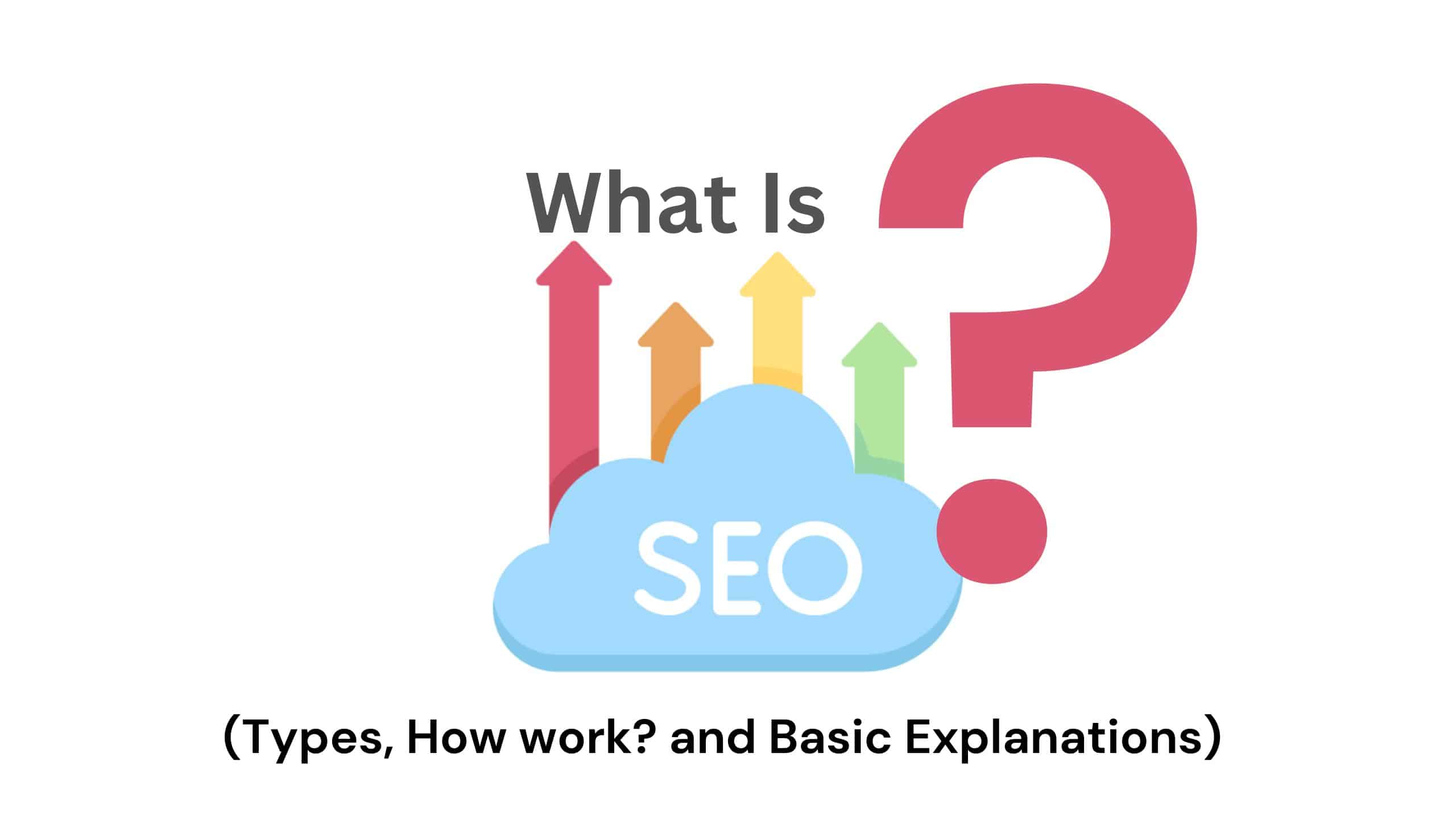International SEO hreflang is a crucial aspect of optimizing multilingual and multinational websites to improve global search engine visibility and enhance the user experience for international audiences. By correctly implementing hreflang tags, website owners can signal to search engines which language versions or regional variations of their content should be shown to users based on their location and language preferences.
This helps search engines deliver the most relevant and appropriate content to users in different regions, ultimately leading to higher rankings and increased organic traffic.
The hreflang attribute is an HTML tag used to specify language and regional targeting for web pages. It allows webmasters to establish a connection between equivalent pages in different languages or for specific countries, indicating to search engines that the content on these pages serves the same purpose but is targeted towards different language-speaking audiences or users in various countries.
The key aspects of implementing international SEO hreflang effectively are as follows:
▪️ Understanding Hreflang Attributes:
Hreflang tags are typically added within the section of a webpage using the following format:
<link rel=”alternate” hreflang=”language_code-country_code” href=”https://www.example.com/page”>
In this structure:
- language_code represents the ISO 639-1 language code (e.g., “en” for English, “es” for Spanish).
- country_code represents the ISO 3166-1 alpha-2 country code (e.g., “us” for the United States, “fr” for France).
- href indicates the URL of the corresponding page in the specified language and region.
▪️ Determining Language and Country Targeting:
Before implementing hreflang tags, it’s essential to identify the target languages and countries for which different versions of the website will be available. Conduct thorough research and analysis to understand the languages spoken in the target regions and the most appropriate countries to target.
▪️ Language and Country Specificity:
Ensure that each page with alternate language versions has the correct hreflang attribute indicating the targeted language and country. This means that, for instance, a page in Spanish targeting users in Mexico should have the hreflang tag set to “es-mx,” while the same page targeting users in Spain should use “es-es.”
▪️ Self-Referencing Canonical Tags:
For pages with multiple language versions, it is vital to use self-referencing canonical tags. This means that each language version should include a canonical tag pointing to itself. This practice helps search engines understand the relationship between different language versions and avoids duplicate content issues.
▪️ Bi-Directional Linking:
Bi-directional linking refers to connecting equivalent pages in different languages with hreflang tags. For example, if you have an English page targeting users in the United States, link it to the corresponding Spanish page targeting users in Spain with appropriate hreflang attributes, and vice versa.
▪️ XML Sitemaps:
Including hreflang information in XML sitemaps can aid search engines in discovering and indexing the correct language and regional versions of your content. This is especially useful for larger websites with numerous pages.
▪️ Language Switcher:
Implement a user-friendly language switcher on your website to enable users to switch between different language versions easily. The language switcher should be easily accessible and ideally placed in a consistent location across all pages.
▪️ Geotargeting in Google Search Console:
Utilize Google Search Console’s Geotargeting feature to specify the country targeting for your website’s content. This helps search engines understand the intended audience for each language version of your site.
▪️ Monitoring and Maintenance:
Regularly monitor the performance of your international SEO efforts. Use tools like Google Analytics and Google Search Console to analyze traffic, rankings, and user behavior on different language versions. Perform periodic checks to ensure that hreflang tags are correctly implemented and up to date.
▪️ Mobile-Friendly and User Experience:
Ensure that all language versions of your website are mobile-friendly and offer a seamless user experience. User satisfaction is a crucial factor in search engine rankings, and providing a positive experience to international users can contribute to improved search visibility.
Mastering the implementation of international SEO hreflang is vital for any website owner looking to reach a global audience effectively. By correctly signaling search engines about language and regional targeting, webmasters can enhance their website’s visibility, attract more organic traffic from international users, and ultimately improve their global online presence.
However, implementing hreflang correctly can be complex, and it’s crucial to stay up-to-date with best practices and guidelines to achieve optimal results.





